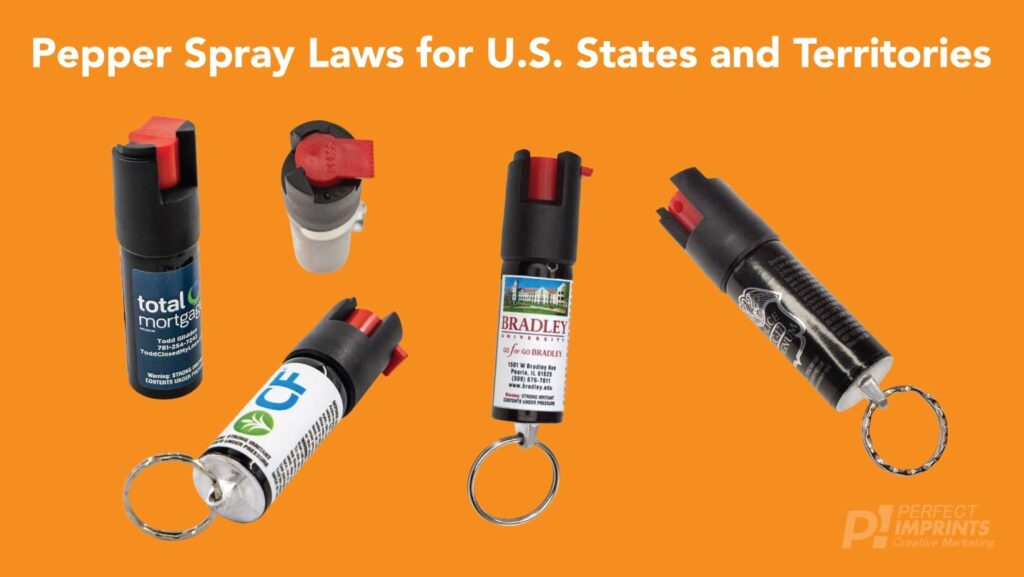Table of Contents
- Understanding Connecticut Pepper Spray Regulations and Legal Requirements
- Permissible OC Concentration Levels and Approved Formulations
- Size and Packaging Restrictions for Pepper Spray Canisters
- Practical Tips for Safe Use and Legal Compliance in Connecticut
- Future Outlook
Understanding Connecticut Pepper Spray Regulations and Legal Requirements
In Connecticut, carrying pepper spray is legal, but there are specific guidelines that must be followed to ensure compliance. The state permits the possession of oleoresin capsicum (OC) spray for self-defense purposes, but only in containers that do not exceed a certain size threshold. This regulation aims to balance personal protection rights with public safety concerns, limiting the potential for misuse or overuse of the substance. It’s important to note that the spray must be used solely for self-defense and cannot be deployed in any act of aggression or provocation.
When selecting a pepper spray product in Connecticut, you should look for commercial sprays that are:
- Compact and portable – typically under 2 ounces in size.
- Designed for self-defense only, avoiding any weapons-grade or military specifications.
- Clearly labeled and approved for civilian use to avoid legal complications.
Understanding these legal nuances helps users stay within Connecticut’s regulatory boundaries while maintaining responsible ownership and use of pepper spray.
Permissible OC Concentration Levels and Approved Formulations
In Connecticut, the legal limits on OC (Oleoresin Capsicum) concentration in pepper spray are established to ensure both effectiveness and safety. Authorized formulations typically contain between 1.33% and 10% OC concentration, with the most common self-defense sprays hovering around the 2.5% to 5% range. Higher concentrations may be deemed excessive or illegal, potentially leading to fines or confiscation. It’s crucial to source your pepper spray from reputable manufacturers who adhere strictly to these guidelines, ensuring compliance with state laws and providing reliable protection.
When selecting a pepper spray product, Connecticut also mandates certain formulation standards beyond just OC concentration. Approved types often include sprays that combine OC with inert carriers such as water or alcohol to optimize spray pattern and dispersal. Additionally, the device size is restricted-generally no larger than 2.5 ounces (approximately 70 grams)-making it easy to carry but powerful enough to deter an attacker. To summarize, valid pepper sprays for personal defense in Connecticut share these key features:
- OC concentration: 1.33% to 10%
- Container size: Not exceeding 2.5 ounces
- Approved carriers: Water, alcohol, or other inert agents
- Manufacture compliance: Tested and labeled according to state regulations
Size and Packaging Restrictions for Pepper Spray Canisters
In Connecticut, there are specific requirements regarding the size and packaging of pepper spray canisters to ensure safety and compliance with state regulations. The law restricts the maximum allowable volume of the spray to 2 ounces or less, which is designed to prevent misuse and over-application. Additionally, the canisters must be compact enough to be carried conveniently, often fitting into a pocket or small purse, making them practical for personal defense without being bulky or cumbersome.
Manufacturers and consumers should also note that packaging must include clear labeling with usage instructions and safety warnings. Connecticut mandates that the spray to be sold only in canisters specifically designed for self-defense purposes, avoiding any multi-use or ambiguous products. Common points to remember include:
- Maximum content limited to 2 ounces (approx. 56 grams)
- Clearly printed safety instructions and warnings on the container
- Packaging should discourage tampering and accidental discharge
- Canisters should be easily portable yet secure when carried
Practical Tips for Safe Use and Legal Compliance in Connecticut
When carrying pepper spray in Connecticut, it’s crucial to stay informed about both the product limitations and the legal framework. Always opt for OC sprays that comply with the state’s size restriction of under 2.5 ounces to avoid any legal complications. Keep your pepper spray easily accessible yet secure, such as clipped inside a handbag or on a keychain, so it can be deployed quickly but won’t get lost or cause accidental discharge. Regularly check the expiration date to guarantee your spray’s effectiveness in an emergency. Equally important is understanding where you can legally carry your spray – public places, vehicles, and homes are generally permitted, but transporting it across state borders without verifying laws could lead to issues.
To stay on the right side of the law and maximize your personal safety, follow these key best practices:
- Know your rights: Familiarize yourself with Connecticut’s specific regulations, including restrictions on minors carrying OC spray and prohibited uses.
- Practice safe handling: Avoid spraying indoors or in a confined space to minimize accidental exposure.
- Educate yourself: Take a self-defense or pepper spray safety course to learn proper usage techniques and legal scenarios where deployment is justified.
- Respect others: Use pepper spray strictly for self-defense, never as a means of intimidation or retaliation.
Future Outlook
In conclusion, staying informed about Connecticut’s pepper spray laws is essential for responsible and legal self-defense. Understanding the specific regulations around OC spray possession, size limits, and usage can help you protect yourself without running afoul of the law. Always purchase from reputable sources and ensure your pepper spray complies with state requirements. By doing so, you can confidently carry this non-lethal tool while respecting the legal boundaries designed to maintain public safety. Stay safe and empowered!Check Our Other Blogs
- StunGun – Your Trusted Source for Stun Guns, Laws, and Self-Defense Tips
- PepperSprayLaws – Your Trusted Resource for Pepper Spray Information
- StunGunLaws – Your Trusted Guide to Stun Gun Legality and Safety




